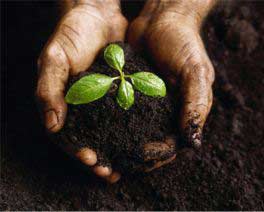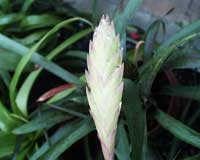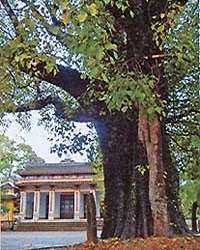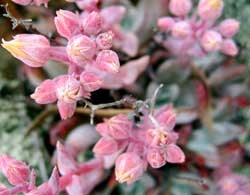Some plants use seeds to pass on their lineage, while others rely on tiny cells called spores.
 |
|
(Image: buckscc) |
Just like humans, for the future of their modest lives, the “mother plant” seeks ways to “carry on.” There are methods of reproduction among plants that cannot be compared to animals, for example, some plants know how to deceive and attract insects to help them with pollination. One species of tropical orchid looks remarkably like a honeybee; it can emit a scent akin to that of a queen bee to lure male bees. When the male bee approaches, pollen adheres to its head. However, the exact process of how pollination occurs remains unanswered to this day.
In the Alps, there is a peculiar plant that has the unique ability to generate heat to facilitate the germination of its seeds into seedlings. Before dispersing its seeds, it radiates heat to melt the snow surrounding it, ensuring that the seeds fall to the ground rather than being left exposed on frozen terrain. Yet, it remains a mystery how this plant can produce such significant heat.
Biologists are still researching to uncover these secrets in hopes of enabling humans to harness the extraordinary energies that have already been present in plants.




















































